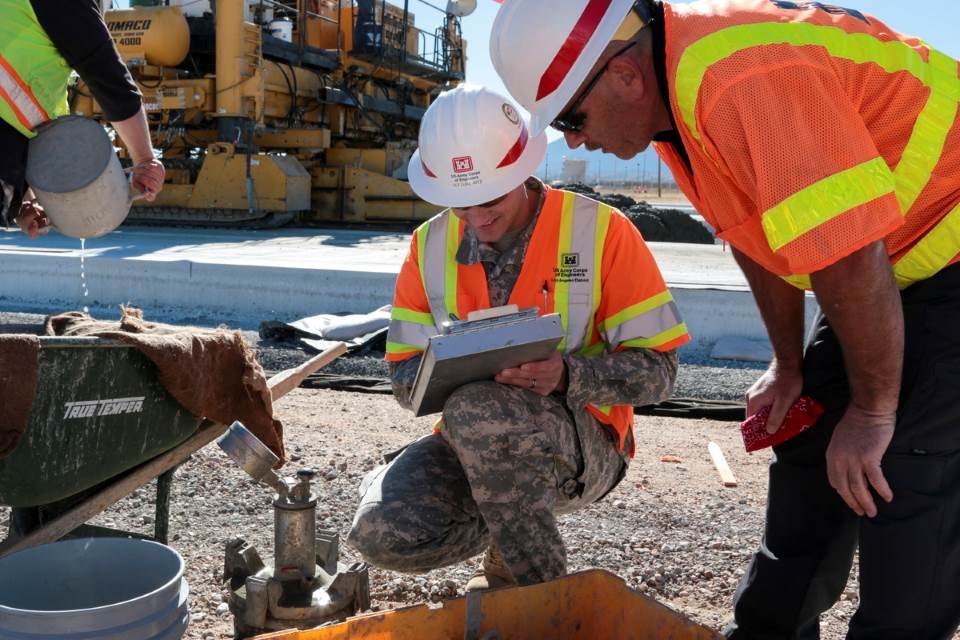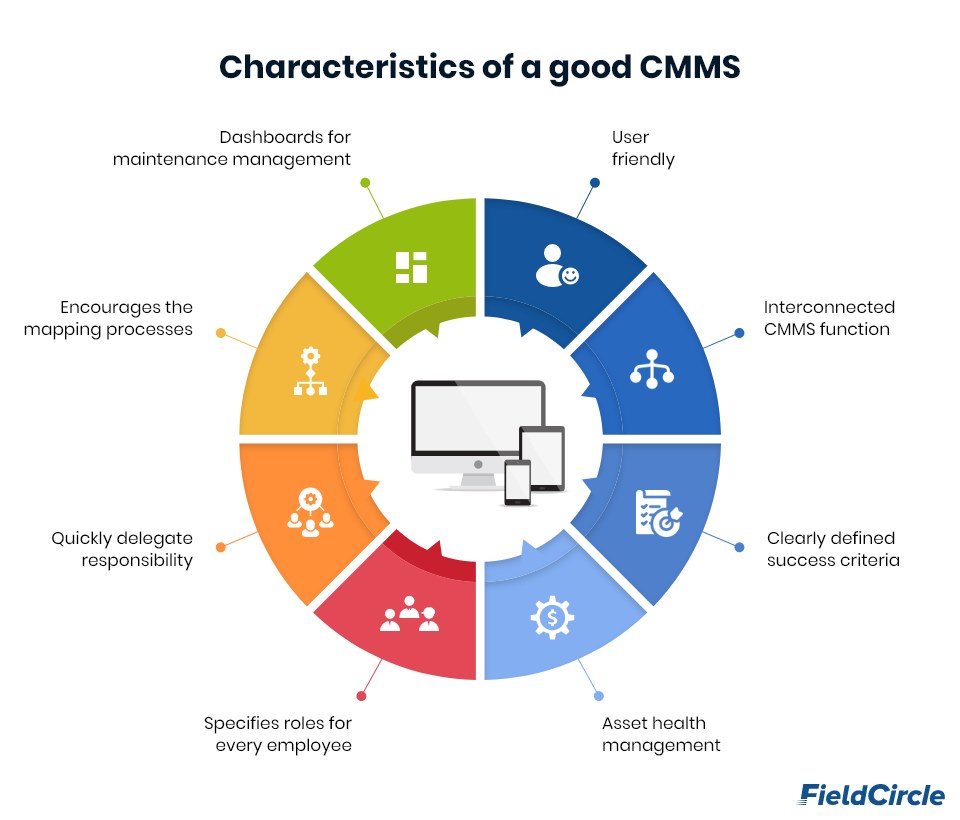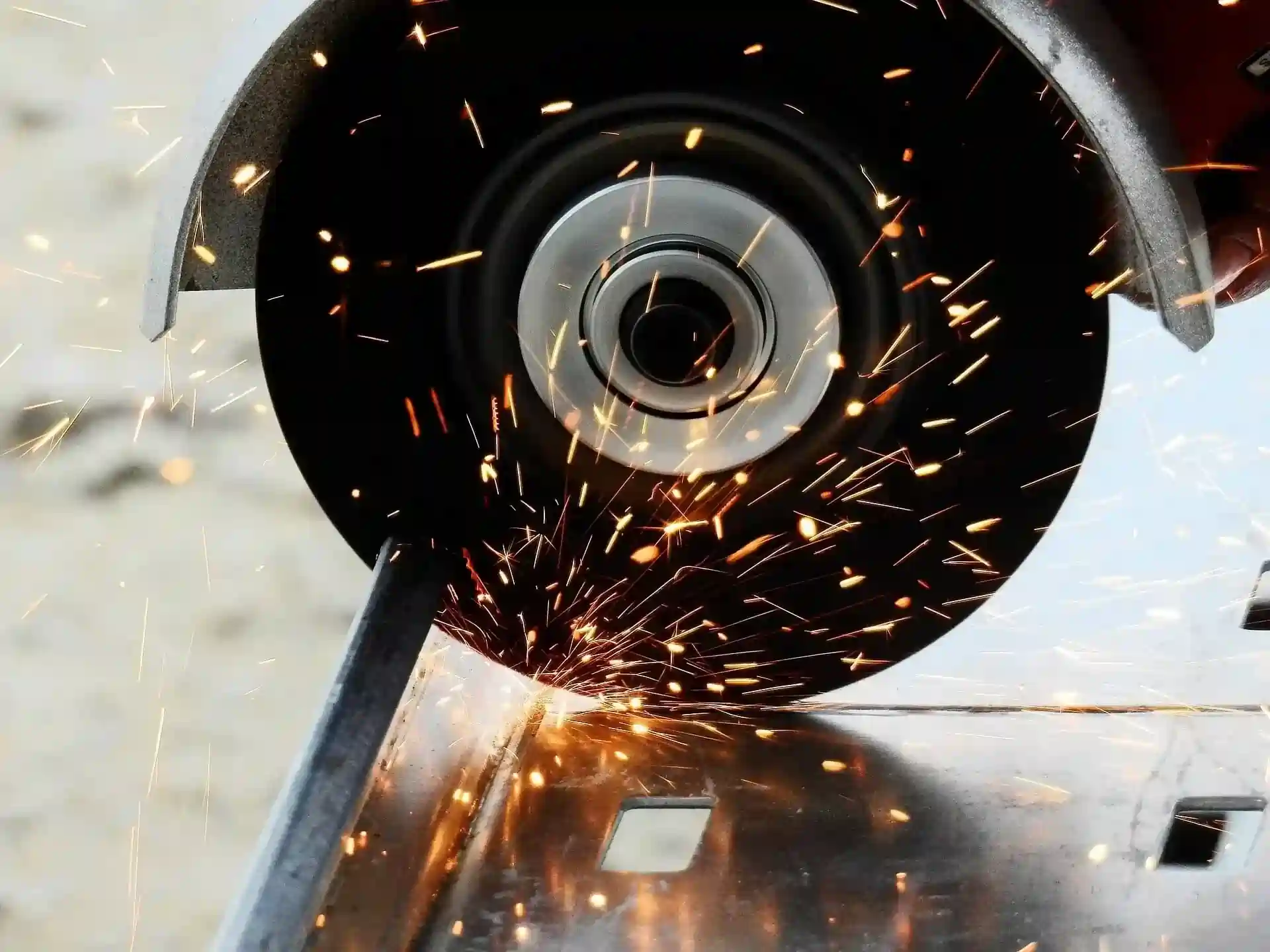What Makes a Good CMMS Software – The Important Characteristics To Know

Firstly, let’s understand the query: what makes a good CMMS software? A good CMMS can be customized to fulfill the needs of the company, without an extensive degree of training. It should provide predictive analytics for the company to stay up-to-date with what happens on a day-to-day basis. And it should be able to create automated workflows for different departments. When a company has these features and characteristics, it will see much greater success in its operations.
Many companies are making significant investments to get a computerized maintenance management system (CMMS) to achieve success in their business operation. Even though these systems are essential in the larger maintenance world of today, it might be challenging to pick the ideal one for your requirements. Due to the lack of effectiveness of the CMMS program, the issue for your company is made worse.
It is crucial to understand that these systems aren’t inherently ineffective; they aren’t simply providing the information that the business needs to maximize its new asset. How can businesses find the best CMMS software for their requirements, and how much effort should they plan to put into it?
So, Let’s break down what make a good CMMS and the critical components?
Every organization wishes to have good maintenance management software. A good CMMS will be flexible, can be tailored and customized, and can provide data security. Organizations need to have a reliable CMMS Software for them to achieve success in the industry. Many different companies are providing CMMS solution; out there it is important to find the good one that cares about your needs and wants. If you find the right one for your business, then you can feel confident in implementing the software.
The main reasons to use CMMS software is to monitor, categorize, and identify the maintenance need of equipments. When appropriately applied and used, this results in greater facility productivity, simpler operations, and higher uptime. On the other hand, facilities struggle, production stutters, and staff annoyance levels soar when CMMS systems are improperly deployed. A downward cycle of production might result from the system being abandoned and replaced with an outdated, inefficient system. Every day that a business uses an inefficient CMMS, whether for monitoring, organizing, or diagnosing, they waste money, time, and resources.
Let’s take a closer look at what makes a good CMMS and how businesses may measure the characteristics of a good CMMS when making selections to get the right one.
The Ease of Use
The best CMMS system has all the great characteristics that make the work process easy. It helps to manage the company efficiently, monitor employee performance, and keep track of assets at all times.
A highly effective CMMS must be user-friendly. A CMMS that no one can use is extremely useless, even if minimal training might be necessary. Despite this, not every employee will be able to utilize the system. It is too big and too full of data to be a typical tool. What is the balance then? The compromise is that a CMMS must be user-friendly for the staff who must regularly utilize it.
A user-friendly CMMS software will have a lot of good features that encourage users to explore and learn about the system. The system should also be efficient and easy to use.
Interconnected yet independent
The main focus of CMMS program is on assets and equipment maintenance. Each and every aspect of the CMMS system interacts with the company resources in some way. All of these tasks must cooperate to deliver a comprehensive and understandable evaluation of any particular asset.
Once you enter your assets, the system starts to function. This is why having a user-friendly system is crucial. If an error is made early in the process, it will affect the asset.
Clearly defined CMMS success criteria
Companies naturally want to know what type of return on investment they will get from a CMMS because it is pricey. Additionally, they should use a set of defined criteria to measure the success of the system. Clear CMMS success metrics are necessary for any efficient system. These metrics can be tracked by the vendor, or through CMMS reports in a dashboard by the maintenance managers. A clear definition of how success will be measured, how it can be tracked, and how it will be analyzed in a dashboard are all characteristics of good CMMS.
Feasibility to connect with other systems seamlessly
The maintenance software that integrates with Quickbooks and other software has several benefits. Integration with quickbooks simplifies data entry, updates job costs, and automatically generates reports. The monthly billing cycle will automatically be downloaded from quickbooks and will then populate into the maintenance software for the chosen period and billing cycle, so you won’t have to enter any data manually. It aggregates all of your facility’s data in one central location and allows you to view it in several different formats, such as schedules, graphs, charts, and reports so that you have all of your information in one place.
The asset health insights
The health of the asset and long-term success depends on preventive maintenance. Due to its high degree and need, it might be one of the most time-consuming types of maintenance in a facility. As a result, your CMMS should be able to monitor asset health throughout your site in conjunction with your preventative maintenance approach. For instance, a powerful CMMS continuously gathers data about your assets.
The management of the company’s assets is essential to its overall success. Your CMMS may take on the majority of these responsibilities when it is correctly optimized, relieving staff, management, and systems of their asset management responsibilities.
Flexibility to define roles, permissions and hierarchy
A CMMS is not intended to be utilized by every worker, despite its great effectiveness. To fully utilize a tool, even the most user-friendly technologies require substantial user training. Roles for each employee must be established by maintenance management to enhance efficiency.
Though it appears straightforward, this might mean the difference between chaos and order. Nearly every employee experiences uncertainty and stress when duties are not clearly defined. Additionally, data is far more likely to become damaged when responsibilities are not clearly defined. The system will provide erroneous results if bad data is input.
Workflows flexibility and reporting mechanism between roles
You can see where your technicians are, which orders are near to them, what their strengths and limitations are, and more with an overview of your CMMS work orders. With the help of this comprehensive overview, you’ll be able to assign technicians to tasks that are most appropriate for their location and skill set.
Adaptive to maintenance process and advanced checklists
Each and every maintenance procedure has to be mapped, and your CMMS should be able to help with this. The system is in a unique position to support your mapping process to create the most effective and efficient day-to-day processes since it already has a record of all your assets and a consistent stream of data from those assets.
If your system is unable to map or having trouble, then you need to double-check the input data and success criteria. Maintenance process mapping may also be viewed as maintenance scheduling. This is especially useful if many of the current procedures are efficient and just require minor adjustments. A CMMS may reveal gaps, redundancies, and other adjustments that should be made in certain circumstances.
Build reports and dashboards specific to your need
Finally, what does a good CMMS look like? The CMMS that produces all the required maintenance management information in a single dashboard to observe what is happening will probably be good. Dashboards may keep an eye on several things, like KPIs, ROIs, work orders, maintenance schedules, inventories, and more.

Conclusion
For businesses and facilities, a CMMS is a significant investment. It affects practically all aspects of asset management, preventative maintenance, and other aspects of the facility’s assets. A well-implemented CMMS integration allows you to easily align the system with your current business workflows and applications, ensuring smooth data flow and minimal disruption. With that stand, a CMMS system will help your employees if they actually use it right. Thus, it’s key for you to pick a good CMMS software that has a simple and intuitive interface along with dynamic features.
Transform Your
Maintenance Operations
- Increase Profitability
- Reduce Costs


